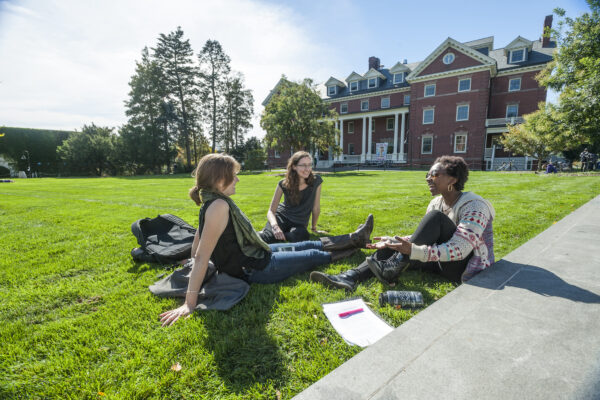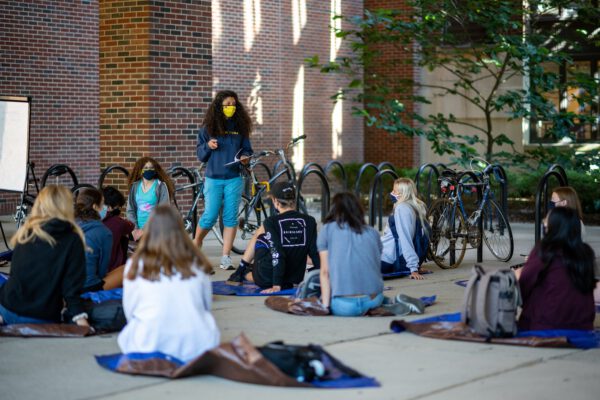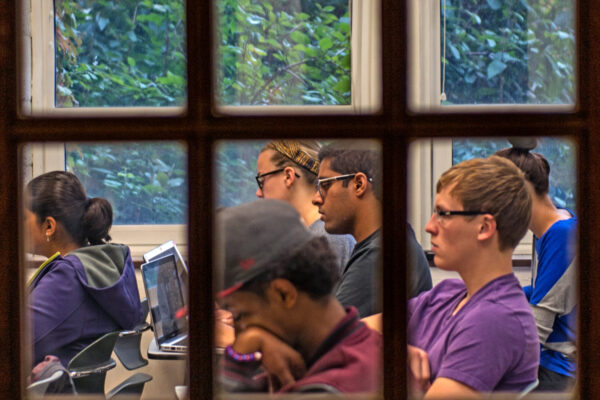
New Report Sheds Light on College Faculty and Staff Mental Health
October 28, 2024

Effective Strategies for Combating Faculty Burnout
Burnout is often seen as a personal problem, akin to managing stress. But it’s a workplace problem—which means colleges and universities can play an active role in remedying it.
May 18, 2023

Brief Overview of U.S. Faculty Hiring Trends
May 1, 2023

Report Looks at Quality of Work/Life for Adjunct Faculty
April 4, 2022

A Look Into Increasing Faculty Diversity
May 10, 2021






